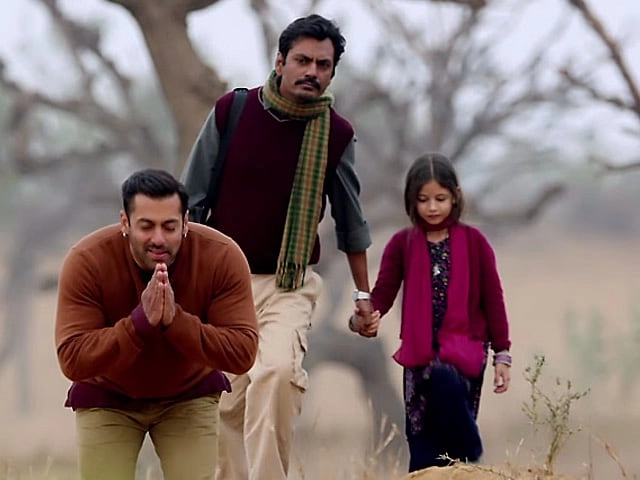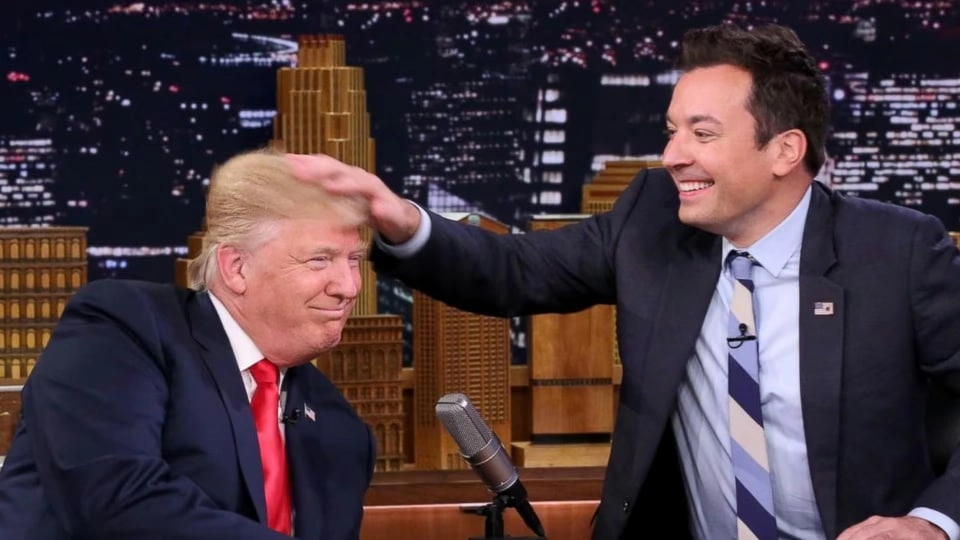Kabir Khan, the renowned director of the blockbuster film “Bajrangi Bhaijaan,” recently shared an intriguing anecdote about his experience with the Central Board of Film Certification (CBFC) when it came to the film’s content. One of the notable moments in the narrative was the board’s request for the removal of the phrase “Jai Shri Ram” from the film, a decision that sparked considerable discussion among fans and filmmakers alike. This moment serves as a lens through which we can examine the intersection of art, politics, and cultural sensitivities in Indian cinema.
“Bajrangi Bhaijaan,” which stars Salman Khan in the lead role, tells the heartwarming story of a man who embarks on a journey to reunite a mute Pakistani girl with her family across the border. The film resonated with audiences for its powerful themes of humanity, love, and the transcending nature of faith. However, the involvement of the censor board raised questions about artistic freedom and the extent to which filmmakers must navigate political and social sensitivities while crafting their narratives. Kabir Khan’s recollection highlights the challenges that directors face in balancing their creative vision with the expectations and restrictions imposed by regulatory bodies.
In his reflection, Khan emphasized the importance of the phrase “Jai Shri Ram” within the context of the film. He argued that it was an integral part of the cultural fabric of the story, capturing the essence of the characters and their beliefs. The request to remove the phrase not only underscored the complexities of censorship in India but also sparked a broader conversation about how such interventions can dilute the authenticity of storytelling. This incident illustrates the ongoing tension between creative expression and the sometimes conflicting demands of societal norms and regulatory frameworks.
Ultimately, the director’s experience serves as a reminder of the delicate balance that filmmakers must strike in a diverse and pluralistic society. While “Bajrangi Bhaijaan” went on to become a massive success, the challenges faced during its production are reflective of a larger discourse surrounding censorship in Indian cinema. In an era where films have the power to influence public opinion and foster dialogue, the discussions initiated by Kabir Khan’s experiences are crucial for understanding the evolving landscape of artistic expression in India.




